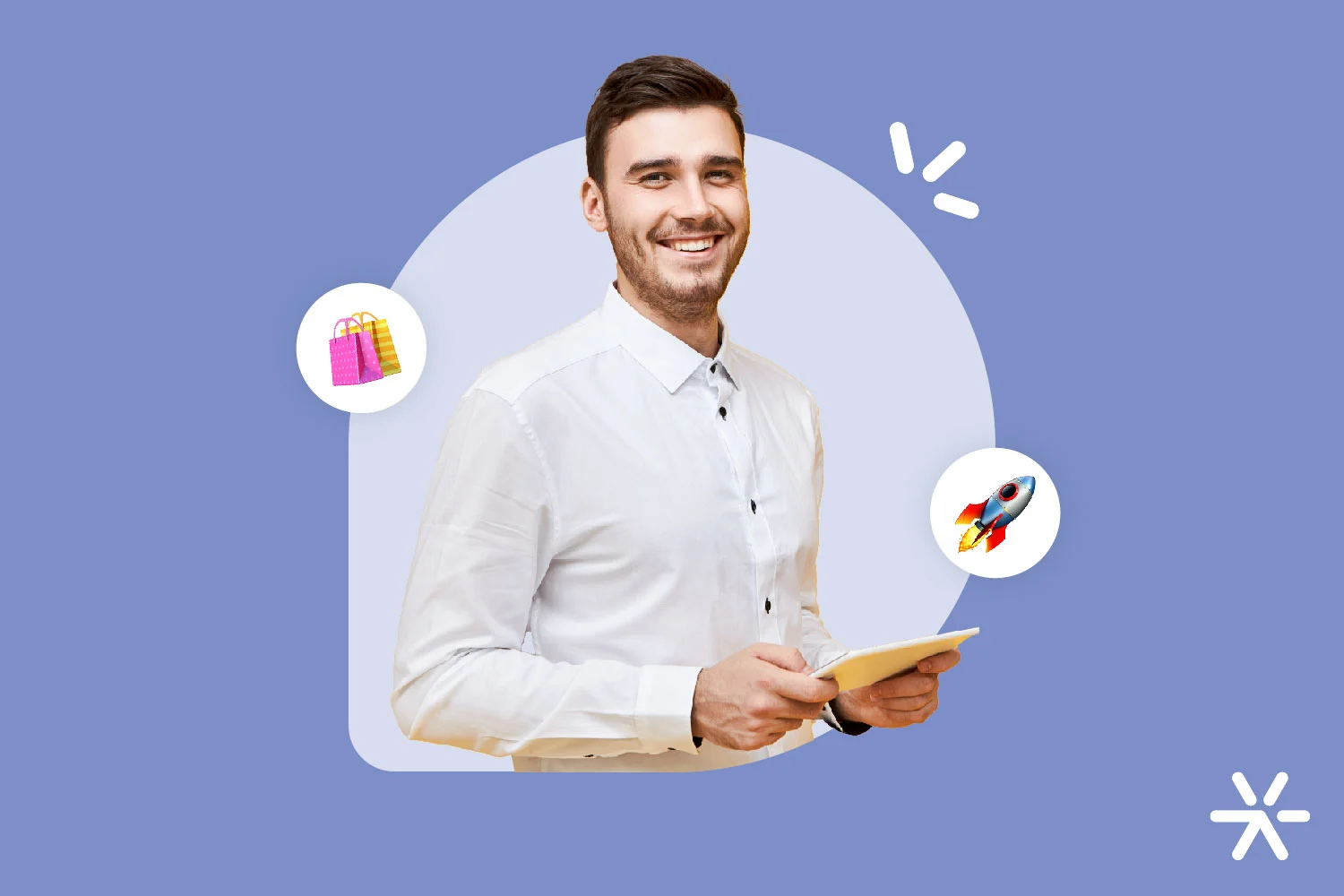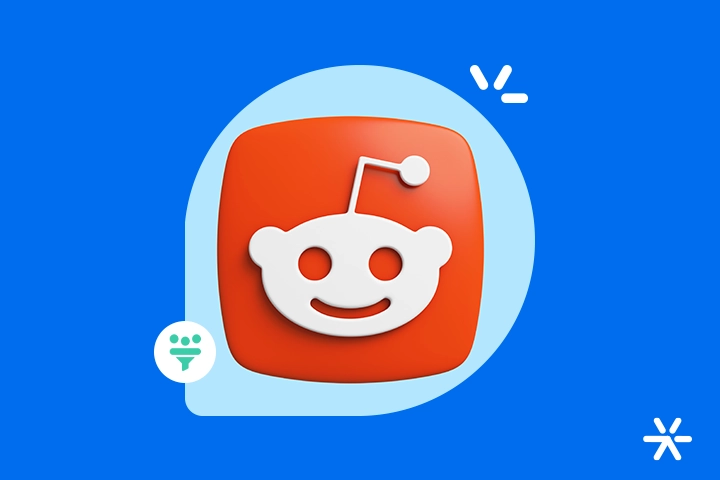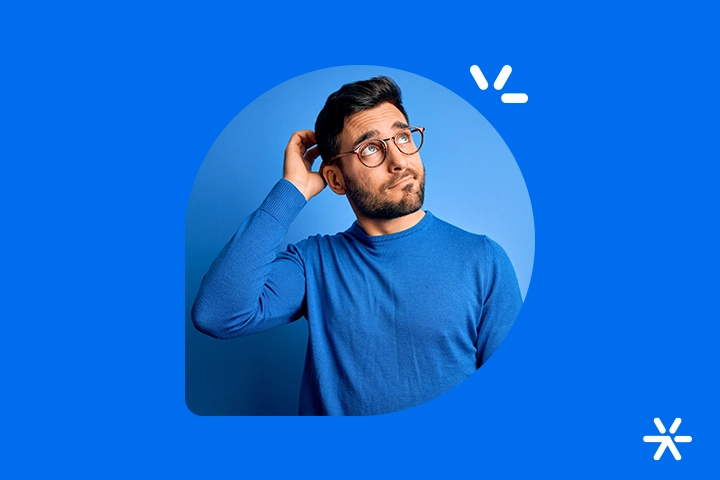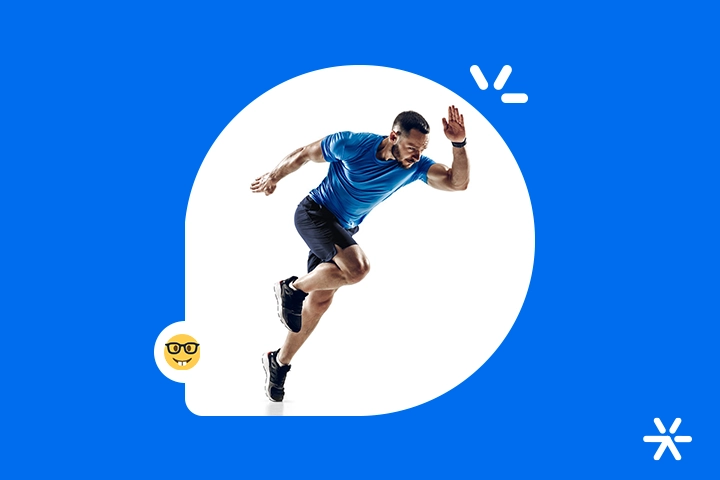Buying Journey: The Million-Dollar “Secret” of Inbound
When you’re looking for a specific product or service, there’s usually a market research process, gathering feedback, and, in some cases, even a preliminary conversation with the company, right?✍️
Well, that’s the buying journey we often talk about in marketing and sales.
What I mean is that you don’t just wake up one day and suddenly decide to make a purchase; there’s a whole process before the deal is closed.
The marketing job is to discover how the buying journey of your ideal customer works. What triggers are they expecting? What is relevant to them during this process?
This is a significant challenge today. We have a large number of competitors in every field, and consumers are increasingly informed and empowered. They buy if they want, when they want, and from whomever they choose.
That’s why we’ve prepared a comprehensive article on the buying journey and how Inbound Marketing can help you in this process.
Let’s dive in!
What is the buying journey?

The buying journey is simply the path a potential customer takes before making a purchase. In other words, it’s the climb they need to make to actually become a customer. 🧗
And just like any climb, there are levels to be ascended and overcome. In the case of the buying journey, we can identify four stages:
1. Learning and Discovery
2. Problem Recognition
3. Solution Consideration
4. Action or Purchase Decision
These are the main stages that guide the customer’s motivation to make a purchase. Don’t worry, throughout this article, we’ll delve into each of them in much more detail.
What’s important to understand now is that these stages don’t have to occur in order. For example, someone buying a new pair of shoes.
It might be that the person notices foot pain, researches to find out why, identifies the need for new shoes, considers brands and prices, and then makes the purchase.
But it could also be that the person was walking through the mall, saw a cool pair of shoes, and decided to buy them.
So, these stages, although they describe consumer behavior as a whole, do not dictate the order in which purchases are made.
💡 Exercise: Can you remember the last two purchases you made? Did they follow the stages of the buying journey in order? Let us know in the comments!
Where did the buying journey come from?
🤔 Ah, but did the buying journey only emerge now in the digital age?
Not at all; it has always been present. Maybe not with this name, but the concept has existed for decades.
Our journey into its origins starts back in the 20th century, at the beginning of the 1900s, during the era of print ads (newspapers, magazines, billboards, etc.).
At that time, customers purchased products through catalogs sent by mail, saw ads on the street, or even walked past a store.
Fast forward to 1920 to 1935 with the invention of the radio, which introduced commercial breaks between broadcasts. To give you an idea of the scale, in 1930, 12 million American households had radios, and by 1939, that number had surged to over 28 million.
After the Great Depression in the US and World War II, we entered the so-called “Mad Men Advertising Era.” This was a time of prosperity, as millions of Americans had disposable income, and everyone was in the buying mood, so the advertising sector just grew.
By the 1960s and 1970s, marketers faced more educated and socially conscious consumers. The result was a less consumerist tide, which was bad for advertisers.
From 1975 to 1985: the computer age and the early days of the internet. During this period, advertisers bombarded the public—specifically Americans—with around 1,600 ads per day across all usual channels like newspapers, automotive radios, television, etc.
In 1977, the personal computer emerged, and soon after, the Internet (1985), bringing with it eBay, Amazon, digital banners, etc.
🙋 Attention: We’re not talking about the Internet boom, which happened between 1995 and 2002, when things really started to change.
Today, in the digital age, customers have complete autonomy to research anything at any time. In other words, it’s no longer the company that controls what the customer sees, searches for, or accesses about the product; now, the consumer is in charge.
Since 1900, advertisers have used Outbound Marketing techniques to reach customers. In the 21st century, the paradigm has shifted, and the buyer’s journey has become self-guided, with a focus on Inbound Marketing.
💡 Still not sure what’s best for your business? Then check out the content Leadster has ready for you: Inbound or Outbound: Which is the Best Strategy for Selling?
The Relationship Between the Buying Journey and Inbound Marketing
What’s the relationship? Well, they are integrated and even complementary.
As I mentioned earlier, the era now belongs to the consumer; they dictate what they want to see, when they will see it, and what the best buying option is.
For us marketers and advertisers, the goal is to attract their attention in a fluid, constant way that draws them to the brand.
What I mean is that the Inbound Marketing strategy fits perfectly into the current consumer journey because it aims to educate and persuade the customer, integrating into their own journey.
Consider this: the buying journey is a process of the customer, not ours. It’s the steps the customer takes to reach a purchase, their mental process.
Inbound Marketing aligns well with this concept because it’s prepared to handle any questions the customer may have at any stage of their journey.

What Are the Stages of the Buying Journey?
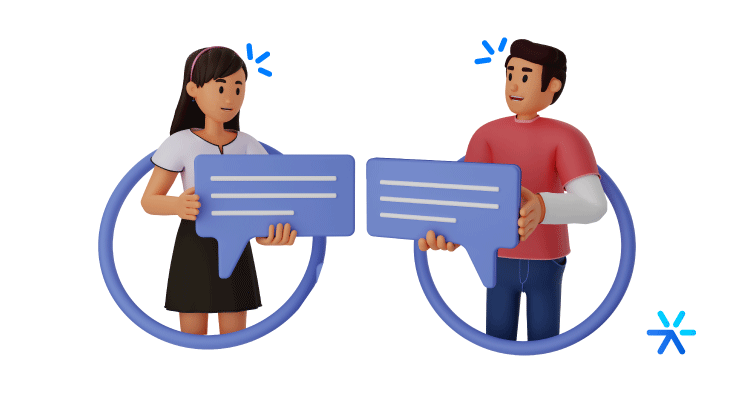
Remember I mentioned the stages of the buying journey earlier? Well, now let’s explore these four stages in more depth!
Check it out👇
Learning and Discovery
Well, the name says it all, doesn’t it?
In this stage, the consumer still doesn’t know— and if they do, it’s very little—about their own need. They realize that something is bothering them, but they’re not sure what it is yet.
So, they’re focused on researching to understand what their pain is, what their problem is. Or, on the positive side, to better understand a market.
It’s at this exact moment that your company can capture their attention, especially with Top of Funnel content.
For example: You have a real estate agency that wants to generate more sales, so you go to Google and search “how to increase sales.” Various content appears that fits your need. Until you find a blog post from Leadster about “How to Generate Sales Leads and Convert Them Better.” Well, wouldn’t that be the ideal solution for your real estate agency?
In this example (not so fictional), the consumer would have already gone through the first stage of the journey.
Problem Recognition
Great, your consumer now understands more about their problem. In fact, they have finally discovered what is causing their pain.
This is where the company comes into play to further stimulate this need, making the potential customer delve deeper into the subject.
Continuing with our example, the real estate agency discovers that before generating a sale, there is the process of lead generation. So, another piece of content could appear, such as: “How to Generate Sales Leads and Convert Them Better.”
Solution Consideration
Awesome, the consumer has learned about their need and has a clear understanding of their problem (or opportunity). This is where they will finally consider a solution—after having mapped out some options.
Therefore, it’s crucial that your company’s solution stands out to them as the primary one, that they see it as the best solution.
If we go back to our real estate agency example, it would be good to see a Leadster post like: “How to Generate Leads with Chatbots – 10 Ideas to Increase Conversion.” This way, the real estate agency realizes they might need a chatbot on their site.
Purchase Decision
This is the final point of the journey!
At this stage, the consumer evaluates the options and finally makes their decision: to buy or not.
This is the moment to showcase your differentiators compared to competitors and convince them that your product or service is the best choice.
To complete our example, let’s say the real estate agency is now searching for the best solution. So, you invest in content like: “Lead Generator: 19 Best Tools for Capturing Qualified Leads for Your Website”—highlighting your product and inviting the user for a demo or free trial.
💡 And if I told you that this real estate agency example is based on a real case? That’s right, I’m talking about the success case of Imobiliária Rafael Cassio! If you want to understand how all this happened, check out this content: How Imobiliária Rafael Cassio Increased Conversion by 66%.
What is the relationship between the buying journey and the marketing and sales funnel?

We can say that the buying journey and the marketing and sales funnel describe the same phenomenon: the sales cycle.
However, their difference lies in each mechanism’s perspective.
What I mean is: while the buying journey represents the consumer’s side, the stages they go through, the sales funnel pertains to the company, i.e., the actions it takes for the customer.
Let’s understand more about each stage of the funnel and how it relates to the buying journey. 😉
Top of Funnel
The top of the funnel (ToFu) is the first stage of the journey, where the company needs to attract and spark the interest of its potential customer.
This is where brand awareness is created, in addition to generating greater knowledge about your product or service.
This stage closely resembles the first and second stages of the buying journey, doesn’t it?
I’m talking about the learning and discovery phase and problem recognition, where the user consumes more educational and general content.
At the top of the funnel, organic traffic and lead generation shine. Check the links to dive deeper into the topic 🤿
Middle of Funnel
Moving from the top, we get to the middle of the funnel (MoFu), which represents the user’s conversion moment and acts as a bridge between initial interest (top) and the final stage, the sale (bottom).
The goal here is to maintain the potential customer’s interest, nurturing the existing relationship, delving deeper into the problem faced, and increasing trust in the offered service or product.
This stage corresponds to the solution consideration phase, as you provide content related to your solution.
Bottom of Funnel
Finally, we reach the bottom of the funnel (BoFu), the moment when your lead decides to purchase your product or service.
Here, the consumer is merely exploring what solutions exist before making their choice, which corresponds to the purchase decision phase in the consumer’s journey. 😉
That’s why content aimed at the bottom of the funnel is crucial for giving that final push to make the sale.
How to Create Content for Each Stage of the Buying Journey?
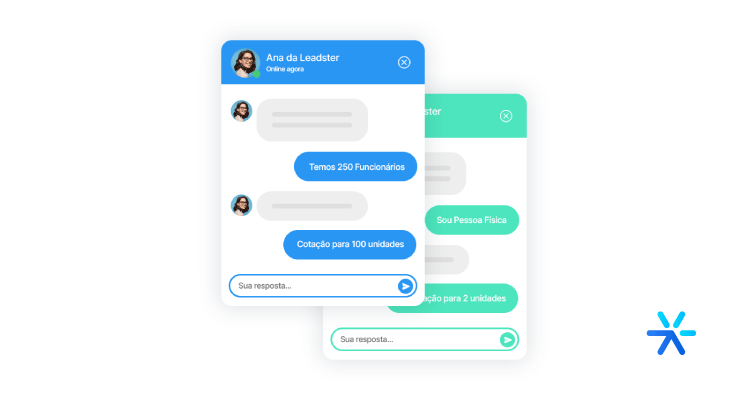
Throughout this article, you’ve probably noticed that I talked a lot about content, posts, and examples of what to cover, right?
So, it’s only fitting to end this article with tips on how to create these highly anticipated pieces of content.
Check it out!
Learning and Discovery
For this phase, invest in content aimed at users at the top of the funnel. Remember that those in this stage have little to no knowledge of the problem, let alone how to solve it.
Focus on broader and introductory topics that grab the audience’s attention, such as blog posts, e-books, or webinars.
Some examples include:
– How to Increase My Company’s Sales?
– My Leg Hurts, Why?
– My Business is Getting Few Sales, What to Do?
Problem Recognition
In this stage, you can start addressing the consumer’s problem; in fact, it’s good to highlight it.
As soon as you identify the problem, begin to introduce the solution. These contents can be more in-depth and well-directed towards the theme: problem and introduction to the solution.
Here, you can apply email marketing strategies, such as newsletters, blog posts, YouTube videos, and webinars.
Some examples of topics to invest in are:
– 3 Main Causes of Your Company’s Low Sales
– Low Lead Generation Affects Sales
– Does Virtual Assistance Influence Sales?
Solution Consideration
Problem understood? Great, now you present the consumer with the solution—and of course, your company should be on that list.
It’s essential that the user views your product or service as the best solution for them.
One of the best ways to do this is by offering a success case and valuable materials, like tools, that help them tackle the problem.
Check out these examples:
– Success Case: How Company X Overcame [Problem]
– Material: Download [Solution] for Free
– X Tips to Overcome [Problem]
Purchase Decision
To wrap up, content for the purchase decision stage (bottom of the funnel) should help address potential objections and serve as the basis for the consumer’s decision-making.
And remember, this content also facilitates the segmentation of leads since you track their current stage and what influences or doesn’t influence their purchase.
You can offer free trials and comparative materials with other tools.
Examples include:
– [Your Company] VS Competitors
– [Company Name] for More Advanced Users
– Free Demo
So, did the “million-dollar” secret of Inbound surprise you, or did any of the tips and stories here inspire you? Don’t forget to let us know in the comments. 😉
Don’t forget to test Leadster for free today! No credit card required.


